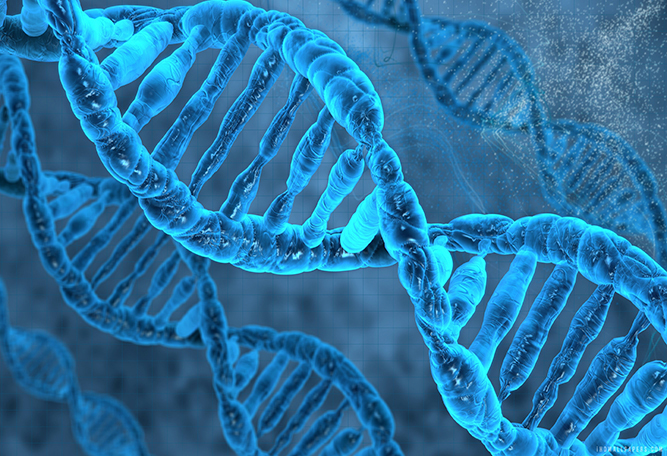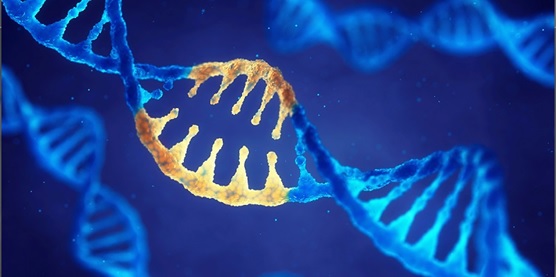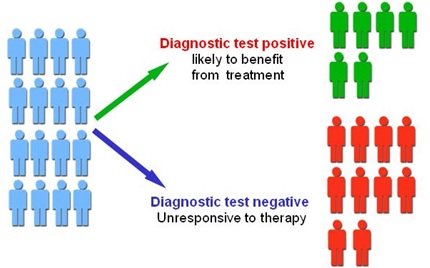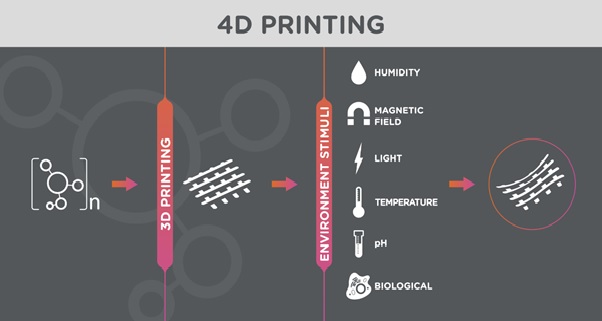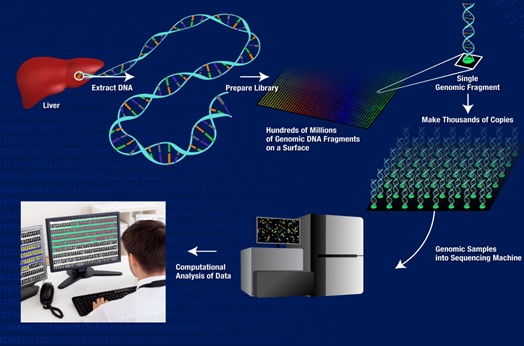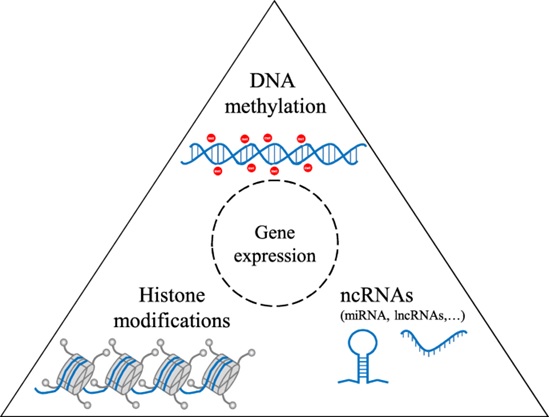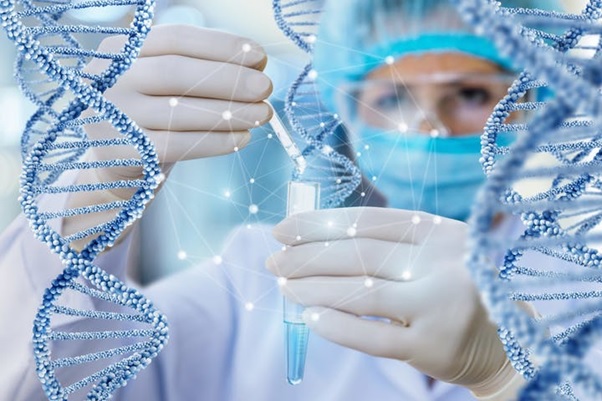Genetic Engineering
Genetic engineering is also called recombinant DNA technology, genetic modification/ manipulation (GM) and gene splicing. They are terms used to describe the direct manipulation of an organism’s genes. In traditional breeding, the organism’s genes are manipulated indirectly.

Genetic engineering uses molecular cloning and transformation to alter the structure and characteristics of genes directly. Genetic engineering has several applications. It is used to improve crop technology, manufacture synthetic human insulin through the use of modified bacteria, and create new types of experimental mice such as the on comouse (cancer mouse) for research [1].
The first genetically engineered medicine was synthetic human insulin. Genetic engineering was also used to create human growth hormone to replace a compound that was previously extracted from human cadavers. In 1987, the FDA approved the first genetically engineered vaccine for humans, for hepatitis B. Now GM is used to manufacture many drugs and vaccines [2].
A well-known and rather controversial application of genetic engineering is the creation of genetically modified organisms (GMOs) including foods and vegetables that resist pest and bacterial infection and remain fresh for longer periods [3]. The completion of the sequencing of the human genome, as well as the genomes of most agriculturally and scientifically important animals and plants, has given a big boost to genetic research.
Human genetic engineering can be used to treat genetic disease. It is already being used on a small scale to allow infertile women with genetic defects in their mitochondria to have children. Human genetic engineering has the potential to change human beings’ appearance, adaptability, intelligence, character, and behavior.
There are many unresolved ethical issues and concerns surrounding this technology, and it remains a controversial topic. Genetic engineering can either transfer genes between organisms that are unrelated (transgenesis) and could therefore not occur naturally or between organisms that are related (cisgenesis) and so could occur naturally [4].
There are many controversies surrounding genetic engineering. There are people who oppose cloning of humans and animals. Prince Charles is a vocal opponent of GM foods and crops. In India, GM cotton (Monsanto’s Bt. Cotton) was blamed for farmer suicides in Andhra Pradesh.
It is said that the seeds which were costlier than the ordinary seeds did not give a good yield as promised. Critics claim that genetic engineering could decrease the genetic diversity of plants making them more vulnerable to new pathogens [5]. Also, people with food allergies could end up eating foods which contain dangerous compounds due to genetic modification.
Opponents of gene therapy argue that playing with genomes could cause cancer. Cloning throws up the possibility that rogue nations will clone entire armies to wage war against the world as some films have shown. So, we can conclude that genetic engineering is a two-edged sword which can cut both ways.
References:
- http://www.fao.org/3/y4955e/y4955e06.htm
- W. E. Hill, “Genetic Engineering of Plants,” Genetic Engineering, pp. 158–172, Jun. 2019.
- https://www.the-scientist.com/tag/genetic-engineering
- https://www.accessscience.com/content/genetic-engineering/285000
- “Regulation of Genetic Engineering,” Genetic Technology, pp. 209–234, Sep. 2020.
Cite this article:
C. V. Harry (2021), Genetic Engineering, AnaTechMaz, pp. 2



